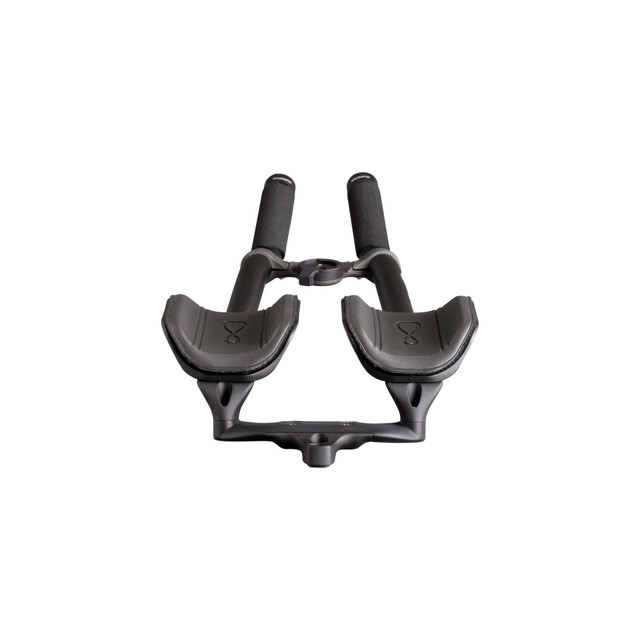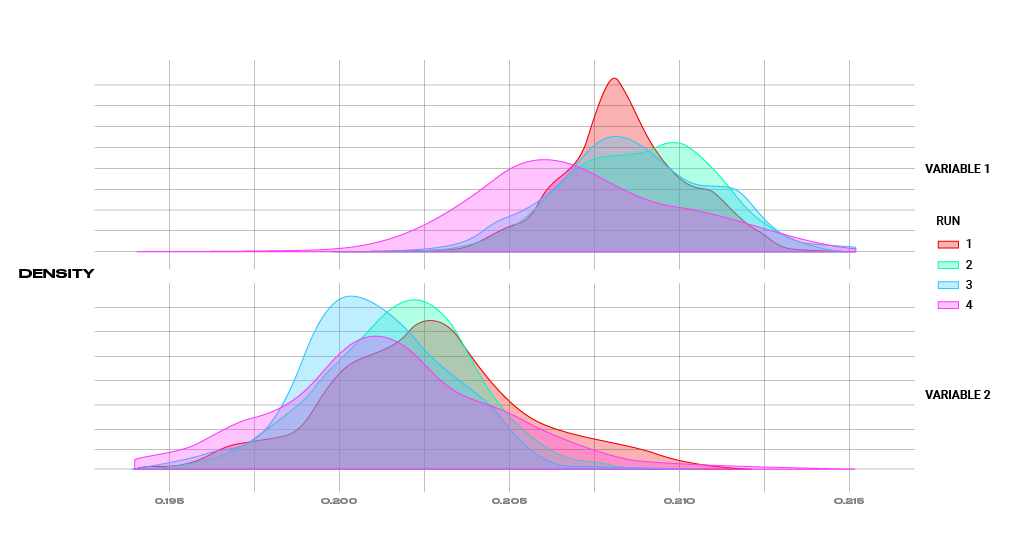


Position optimisation is the name of the game and we have seen the whole gamut of “integrated” extensions that fall short of delivering optimised geometry for the riders position.
Through our position optimisation work (Adaptive HP) and our Titanium extension development project, we were able to arrive at both optimised geometry and manufacturing processes, to deliver a superior outcome.

The evolution of the modern-day time trial position revolves around forearm angulation and the way the extension components can better support aero positioning. Our Aerobar Three has been designed with this in mind, balancing the requirements of extension geometry, arm cup ergonomics, aerodynamic qualities and most importantly, the position of the athlete.
Aerodynamic test results are individual specific and should be considered as such. However, we quote the following as a practical example of the implementation of the Aerobar Three. Our internal test data demonstrates improved aerodynamic performance, equivalent to a 21-watt gain in power (tested at 51 km/h), worth 47 seconds on a flat, 40 km TT course.
A properly supported high-hands position allows the athlete to better execute aero techniques and improves position consistency. The net performance gain from an improved aerodynamic position has a very significant impact on time trial performance, across all disciplines.
The high-hands time trial position has long been used by athletes seeking greater comfort, but field aero testing (Alphamantis Technologies) shows that a properly supported high-hands position also tests faster as well.
Our test data shows a 3.5% lower average CdA (Variable 1 vs Variable 2 below). This is an equivalent power gain of 14 Watts, worth over 30 seconds for a 40 km time trial completed at 375 Watts. For a full distance IRONMAN completed at 290 Watts, this is an equivalent power gain of 10 Watts, worth over 100 seconds.
A properly supported high-hands position allows the athlete to better execute aero techniques and improves position consistency. The net performance gain from an improved aerodynamic position has a very significant impact on time trial performance, across all disciplines.
